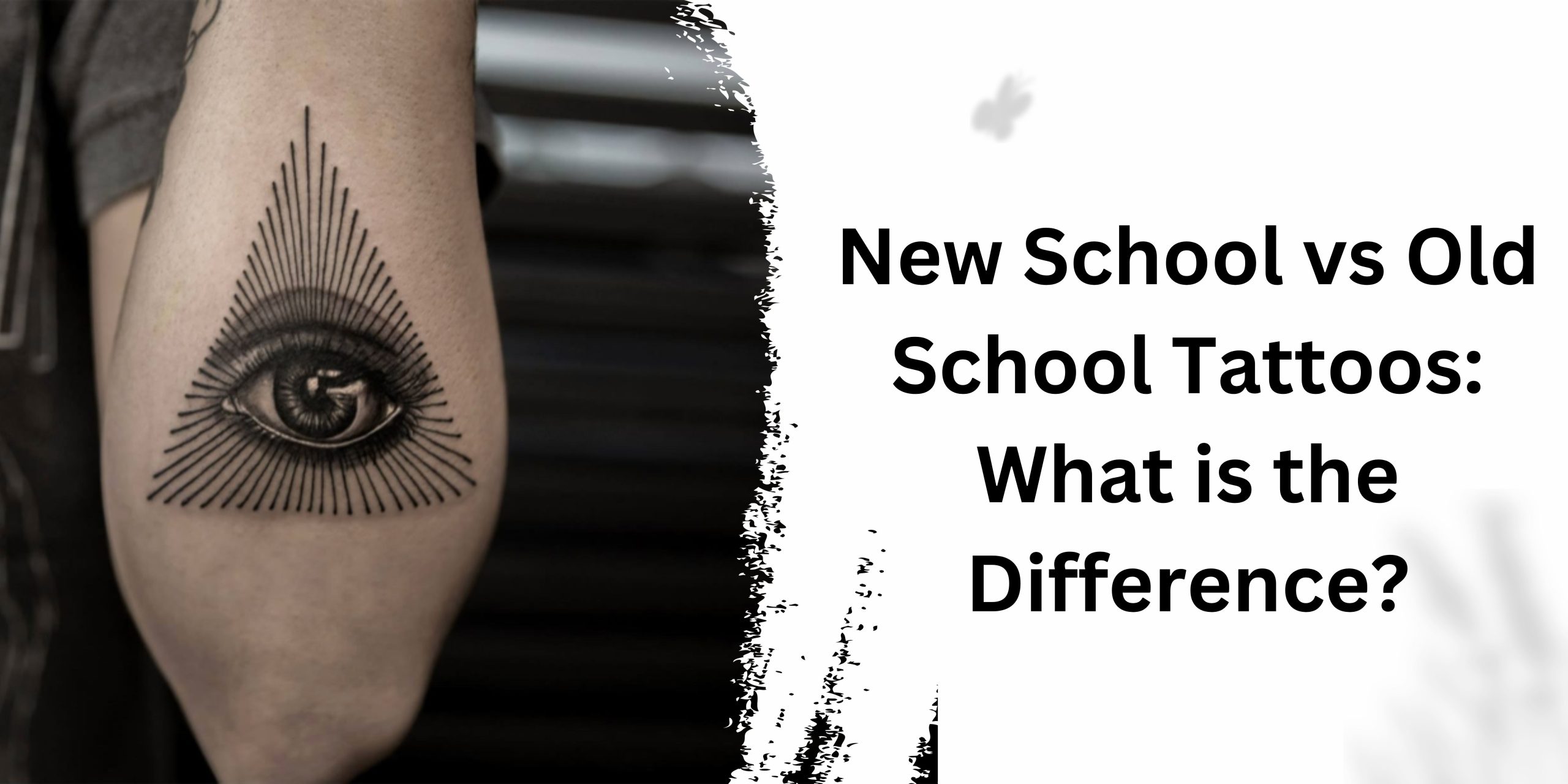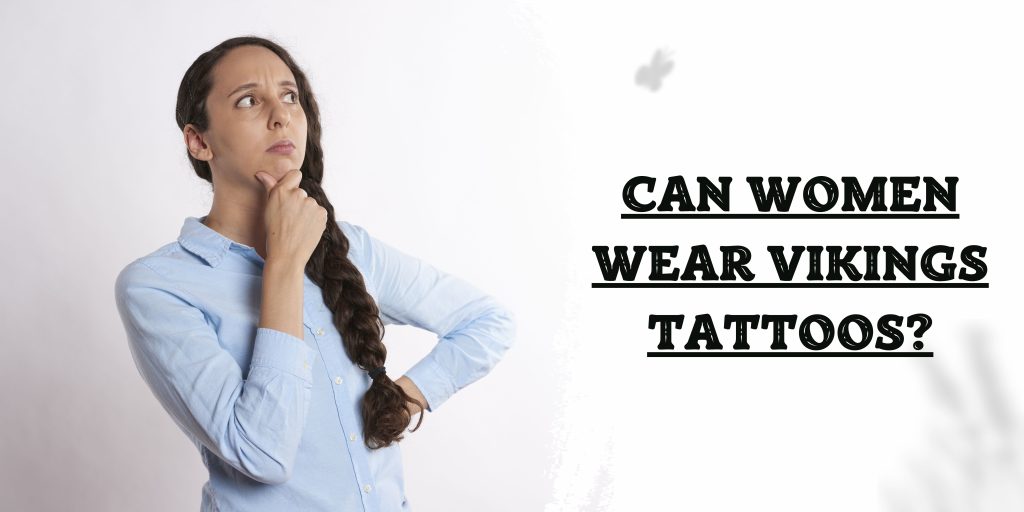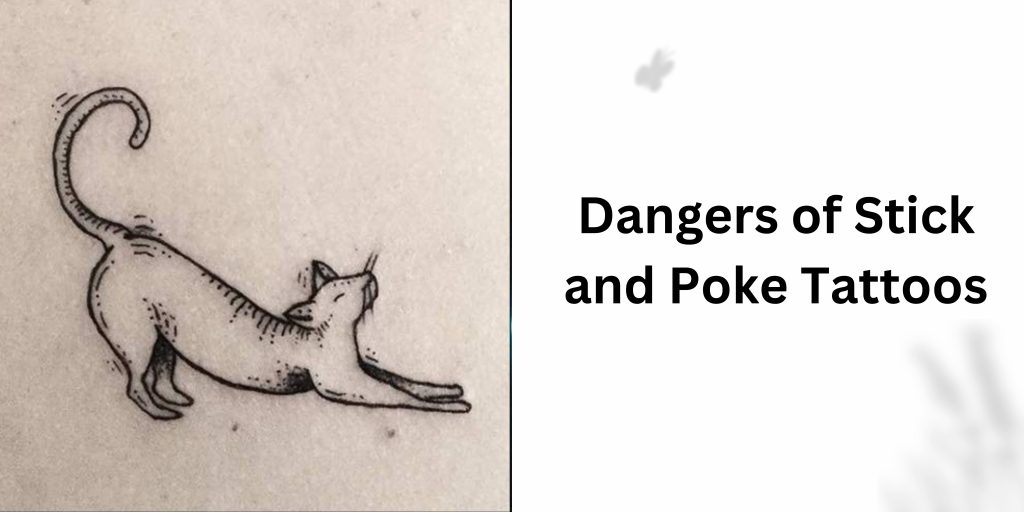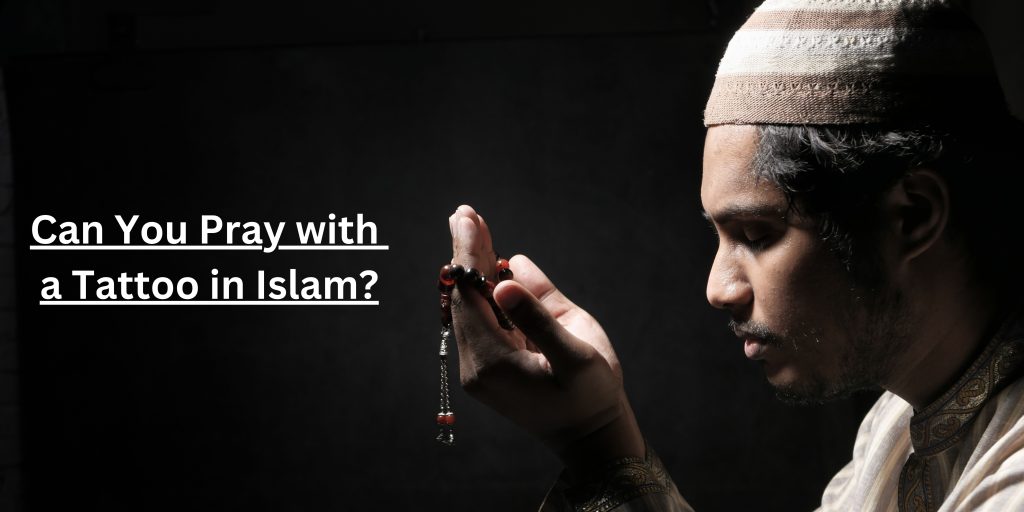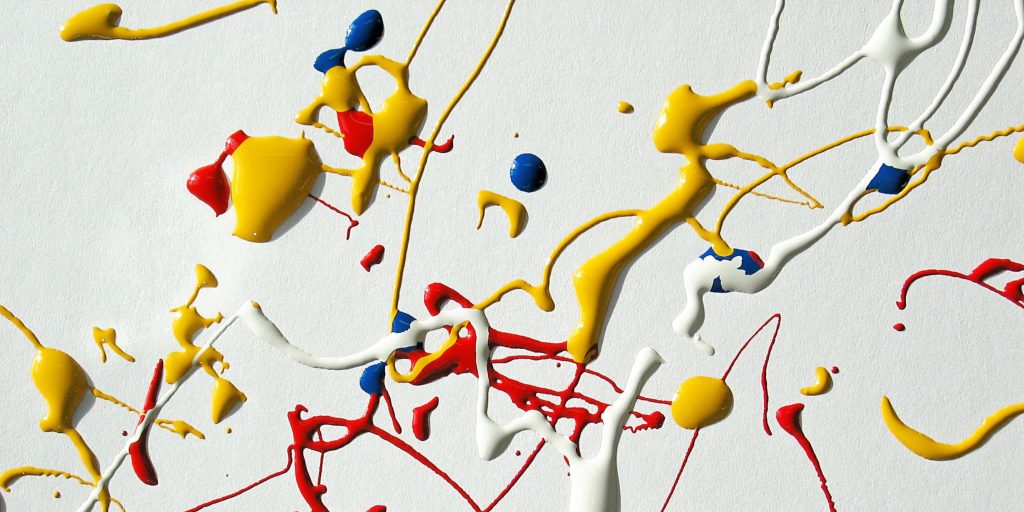Tattoos have been an integral part of human expression for centuries, evolving from traditional symbols to intricate works of art. In the vast realm of tattooing, two distinct styles have emerged over time: New School and Old School tattoos. Let’s embark on a journey to uncover the secrets, nuances, and key differences between these captivating tattooing styles.
What Is an Old School Tattoo?
Old School tattoos, also known as traditional tattoos, boast a rich heritage rooted in the early days of tattooing. Picture a time when sailors and rebels frequented tattoo parlours, seeking to immortalize their experiences on their skin. The Old School style is characterized by bold, black outlines, a limited colour palette dominated by primary colours, and iconic imagery such as anchors, roses, and swallows.
These tattoos often tell tales of adventure, love, and loyalty. They’re timeless, classic, and carry a sense of nostalgia, harking back to the golden age of tattooing. If you’ve ever admired a tattoo featuring a sparrow perched on an anchor or a red heart adorned with a ribbon, you’ve likely encountered the allure of Old School tattoos.
Read More: What are Patchwork Tattoos?
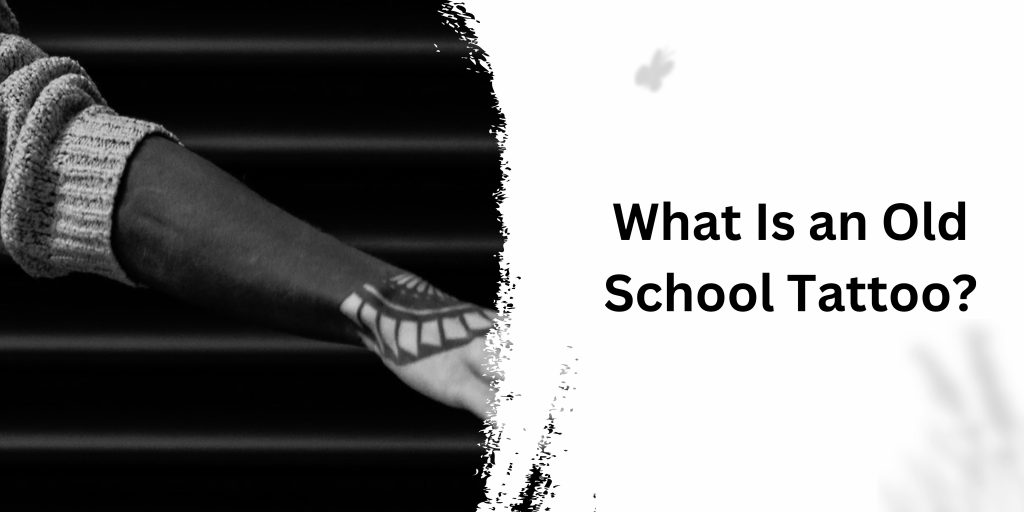
What Is a New School Tattoo?
In contrast, New School tattoos emerged as a rebellious response to the traditional styles. Born in the latter half of the 20th century, the New School movement embraced innovation and pushed the boundaries of what was deemed acceptable in tattoo art. New School tattoos are characterized by vibrant colours, exaggerated proportions, and a playful, cartoonish aesthetic.
Imagine the fusion of graffiti, comic books, and pop culture, and you’ll begin to grasp the essence of New School tattoos. Artists in this genre often take creative liberties, distorting reality to create whimsical, larger-than-life designs. From animated characters to surreal landscapes, New School tattoos are a celebration of imagination and self-expression.
Old vs New School Tattoos: How Can I Tell the Difference?
To discern between Old School and New School tattoos, it’s essential to examine key elements that define each style. Let’s break it down in a table for a quick reference:
| Aspect | Old School Tattoos | New School Tattoos |
|---|---|---|
| Color Palette | Limited to primary colors (red, blue, green, and black) | Extensive, vibrant spectrum incorporating various shades |
| Outlines | Thick, bold lines | Variable, often thinner lines with more intricate details |
| Imagery | Traditional symbols (anchors, hearts, nautical themes) | Whimsical, cartoonish characters and surreal landscapes |
| Style Influence | Classic, timeless | Contemporary, influenced by graffiti and pop culture |
| Storytelling | Nostalgic, often reflecting experiences of the past | Playful, imaginative narratives with a modern touch |
Are There Other Types Of Tattoos That I Can Choose?
What Is A Watercolor Tattoo?
Imagine the vibrancy of watercolour paintings transposed onto your skin. Watercolour tattoos embrace a free-flowing, painterly aesthetic. These designs often lack bold outlines, relying on delicate shades and blending to create a dreamy, ethereal effect. Popular motifs include flowers, animals, and abstract compositions, turning your body into a canvas for a masterpiece.
What Is A Biomechanical Tattoo?
For those with a penchant for the futuristic and surreal, biomechanical tattoos seamlessly blend organic elements with mechanical components. Inspired by science fiction and the concept of cyborgs, these tattoos create the illusion of machinery beneath the skin. Intricate gears, wires, and biomechanical details make these tattoos a visual feast for lovers of the avant-garde.
What Is A Japanese Irezumi?
Irezumi, or traditional Japanese tattoos, boast a legacy that spans centuries. Rooted in cultural and symbolic significance, these tattoos often feature mythological creatures like dragons and phoenixes, as well as intricate floral motifs. The art of Japanese tattooing requires precision and skill, resulting in visually stunning, elaborate compositions.
Read More: Tips For Safely Working Out After a Tattoo
Summary
In the world of tattoos, the clash between old-school and New School styles adds depth and diversity to an ancient art form. Old School tattoos pay homage to tradition, with bold lines and classic imagery, while New School tattoos break boundaries with vibrant colours and imaginative designs. Each style has its own story to tell, inviting you to choose the narrative that aligns with your spirit and vision.

